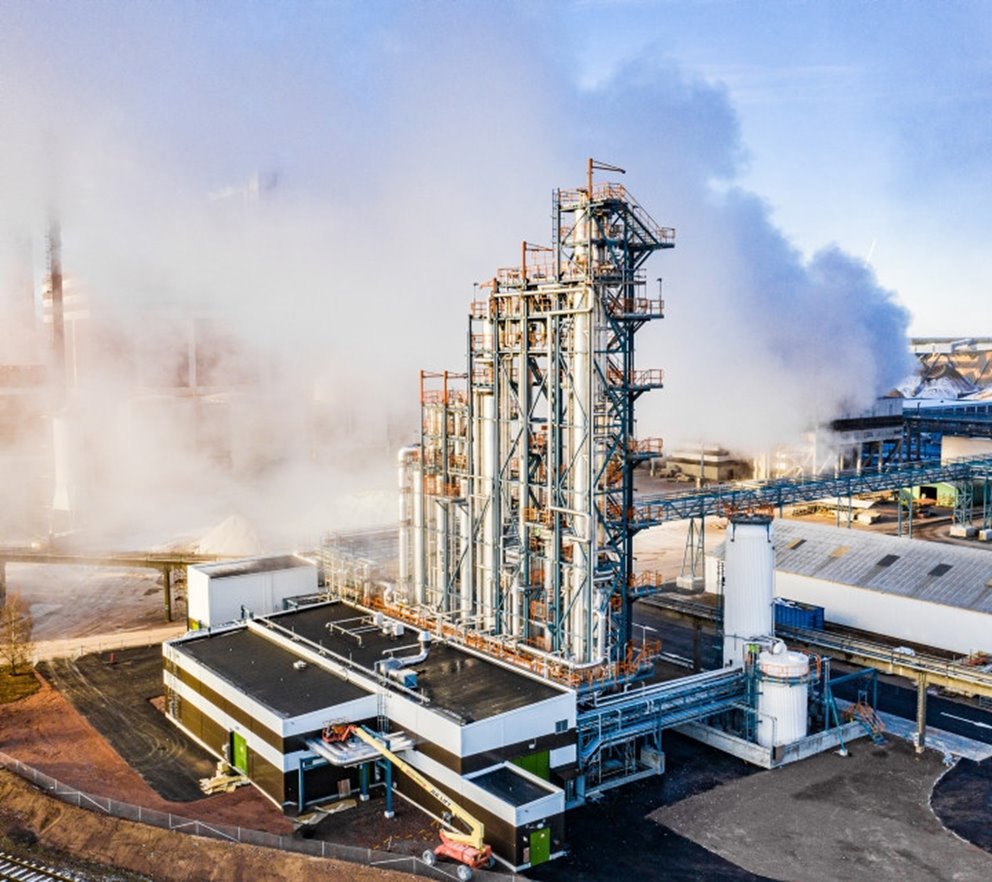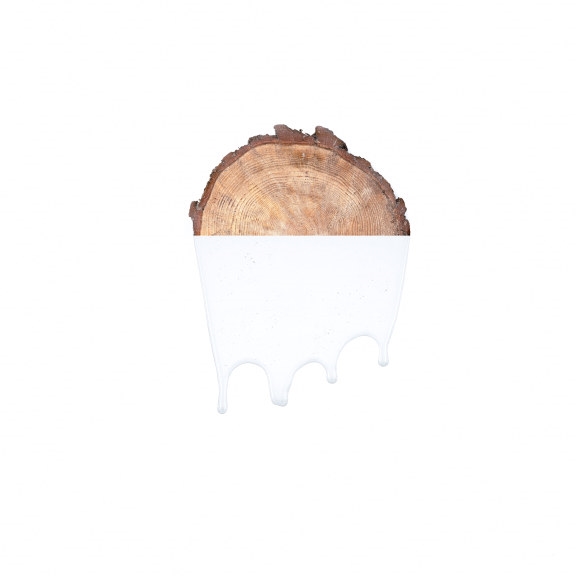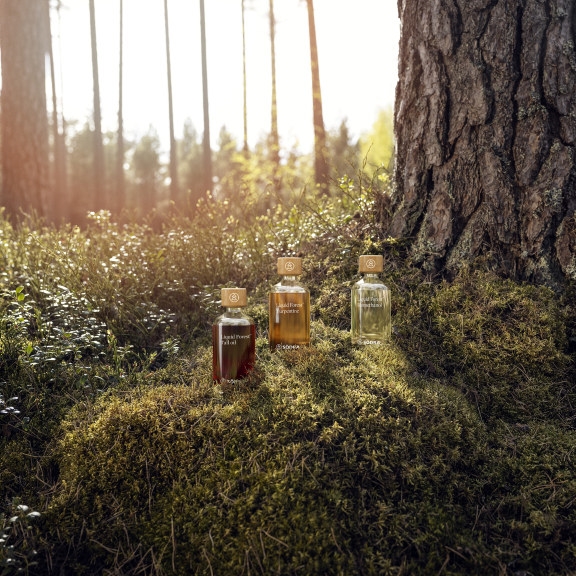Frequently asked questions
| What’s the difference between Södra’s biomethanol and conventional methanol? | |
The properties and quality are similar, but what sets our biomethanol apart is that it’s renewable. | |
| How much can you reduce your carbon footprint with Södra’s biomethanol? | |
By using biomethanol from Södra, you can significantly lower your carbon footprint—by up to 99%. The product is ISCC-certified, ensuring that production is environmentally, socially, and economically sustainable. Biomethanol is therefore a key product in the transition to a fossil-free and more sustainable society. | |
| Where is Södra’s biomethanol produced? | |
Our biomethanol is produced at the pulp mill in Mönsterås, where we have invested in the world’s first biomethanol production facility. | |
| Do you harvest more trees to produce biomethanol? | |
No, we don’t harvest trees solely to produce biomethanol. At Södra, we actively work to make use of the entire tree. The raw material for our biomethanol is pulpwood, so what doesn’t go into the biomethanol process becomes pulp. |

Biomethanol from the forest
Fueling the plans of tomorrow
Our biomethanol is made from the same forest raw material as our paper pulp and textile pulp. It’s a renewable product, fossil-free in production, without compromising the properties expected of conventional methanol.
If your company wants to be part of the transition towards renewable and fossil-free fuel solutions, Södra’s Liquid Forest® Biomethanol is a bio-based fuel alternative. We offer 5,250 tonnes of biomethanol annually from our world-unique facility in Mönsterås.
With properties and quality that match all types of methanol on the market. The difference? Our product is entirely bio-based and renewable. It’s pure, liquid Swedish forest—worth keeping in mind for the future.

Biomethanol from the family forestry
How we produce biomethanol
Our production of biomethanol begins with the sulphate pulp process at the mill in Mönsterås. Wood chips are cooked with chemicals to separate the wood into its components—cellulose and hemicellulose (pulp) and lignin. Methanol is formed when the wood and chemicals react during this process.
Contact us
Didn't find what you were looking for?
Use the search bar in the top menu or go to our contact page to find the right contact person






